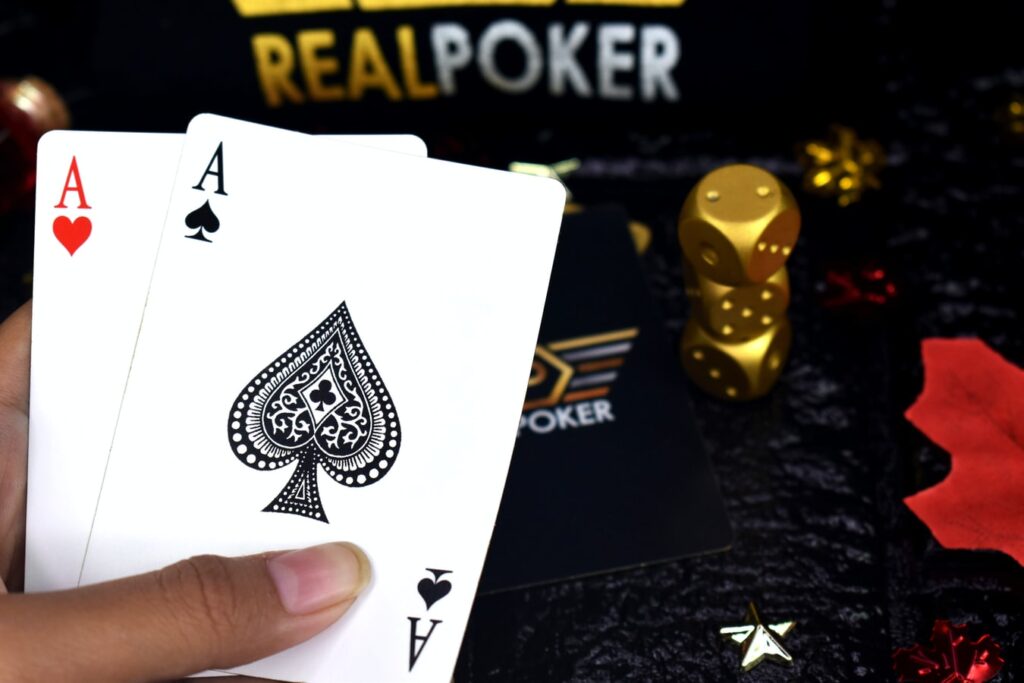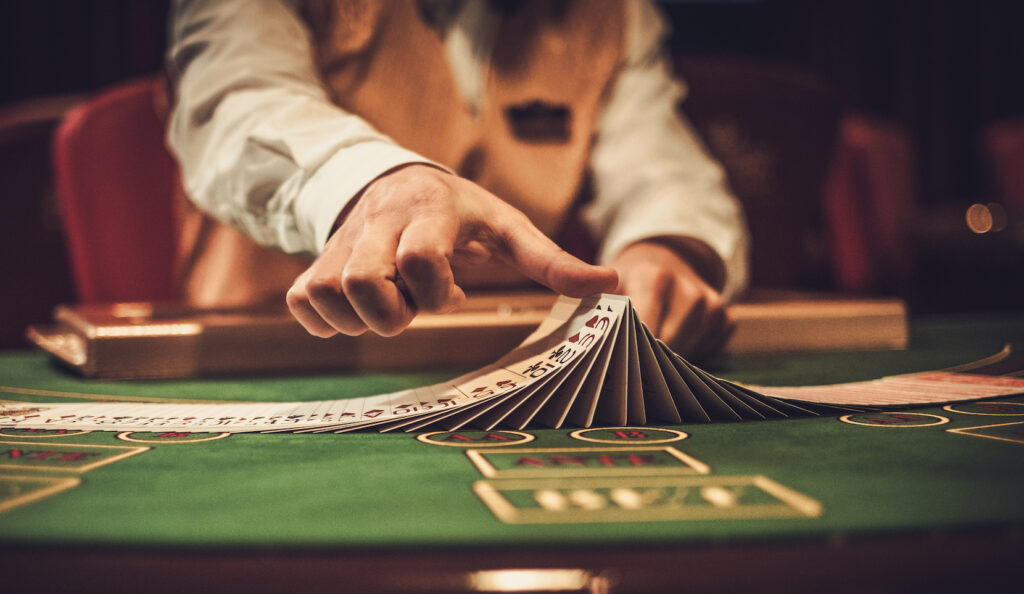Poker’s a game with worldwide notoriety. Most of us have played some variation of it. Millions of people watch poker games on the internet or television. Where did it come from, and how can a player win consistently? Winning poker is a combination of luck, nerve, and strategy.
The rules are simple; the strategy requires study and patience. Learning to read your opponent, to tell when they’re bluffing, is an art. We all love the game, but few of us are great at it. If you don’t have at least one of these requirements don’t start playing poker competitively because you will be eaten. How much time pros have invested in this and how much calm and almost mindreading moments they have had is impossible to describe.
For places to play, norskecasino.casino offers some of the best sites available. For winning poker strategy, experts from Norway recommends playing at casinos with interactive games. This allows the ability to track other players’ mannerisms and “tells”. There are mixed reality games now, or even the closest possible iteration of it that will help you achieve the reading and tracking your opponents’ ticks and tells. Let’s examine some winning strategies.
Playing Your Opponent

The psychological aspect of poker is of vital concern. Whenever in a tight situation you have to be cool and try and not show that you are possibly against the wall. Mind play here is incredibly important and knowing yourself is the first thing to master to “know” everyone else. Learning the odds and play of the cards is one thing; learning the opponent is another.
Each player has traits or tells, as they are called. These signals can be small, like a twitch or a tic. Still, others can be more obvious, like a rapid change of facial expressions or a shuffling of cards or chips. To catch all of these, you have to watch everyone else instead of your cards. So constant eye scanning is imperative if you want to succeed.
Another aspect of playing your opponent is observing their breathing or perspiration. A rapid increase of breathing or the sudden start of sweating can show excitement or fear. The task is to determine which. This is the art of poker, everything is important no matter how ridiculous or unimportant it seems. By watching other players and learning their tells, you can gain insight into the game. You can also learn more here.
Types of Poker

There are many poker games to play. The most common varieties are a stud, draw, and hold ‘em, which is also called community poker. Depending on where they’re played, they may go by different names.
- Stud poker – stud is a straight-up game played in either the five or seven-card variant. Cards are dealt up or down alternately, and betting is done based on the hand showing.
- Draw poker – the draw is a game played with the cards dealt face down. It may be played in either five or seven-card hands. Players try to get the best hand by replacing cards with fresh ones from the deck.
- Hold ‘em – Texas and Omaha Hold ‘em are the two best-known community poker games. Texas Hold ‘em has two hole cards dealt face down to each player. Community cards are then dealt face up in three stages of one card each. The first stage is the flop, followed by the second stage, the turn, and then finally, the river’s third stage. Wagers are made during each of these stages.
- Omaha Hold ‘em is like Texas Hold ‘em, except that four cards are dealt originally to each player. They use the best two to create their hand.
While these are the three predominant types of poker, there are variations of each type of game. Try playing as many as possible to find your favourite. There is also one thing to note and those are special variations of poker games offered by different sites and gambling places. If you like new things it wouldn’t be bad to try your luck in those as well.
How to Wager

Wagers for poker vary as much as the games. Learning the best winning strategy to increase the payout is a subject of study. Poker is a topic of research just as any other you can imagine. Extensive research and testing here are conducted to get the best advantage possible without breaking the rules of the game. That last is the most important thing to note – do not break the rules!
Wagering in poker is a mixture of science and art. It requires understanding the opponent and understanding the odds on each hand. If you start betting too much immediately you can be seen through as a bully and it takes only one bad hand to get you away from the table. If you are too conservative, you won’t get too far in any time soon. Balance here is important as anywhere else. If poker is something new, the best suggestion is to play on a line between borderline aggressive and cautious in order not to outbid the bankroll.
Poker is a fun and exciting game, no matter which version you play. Remember that responsible play is the key here. Don’t wager what you can’t afford to lose. Read as much about the game you want to play as possible, and learn each hand’s odds. To increase your chances a good thing would be to watch just how pros play it. Try and find a pro poker game somewhere, look at their plays, look for hand movement and gestures. Track their eyes and see what are they looking at because it might be important.
You also have to be somewhat of a psychologist, and you have to understand people to learn to read them, their tells, their bluffs, and their reactions. Above all, have fun and enjoy the game, this should be the most important thing. When you force your luck you usually run out of it fast. If you play for fun and if you are relaxed, then something awesome might head your way. Jorgen Aasgen is a hotel manager, avid poker player, and online writer for casino gaming. He also helps promote online poker gaming via his authoritative writing about casinos. Check him out and maybe you find something important to you and possibly learn something new.








